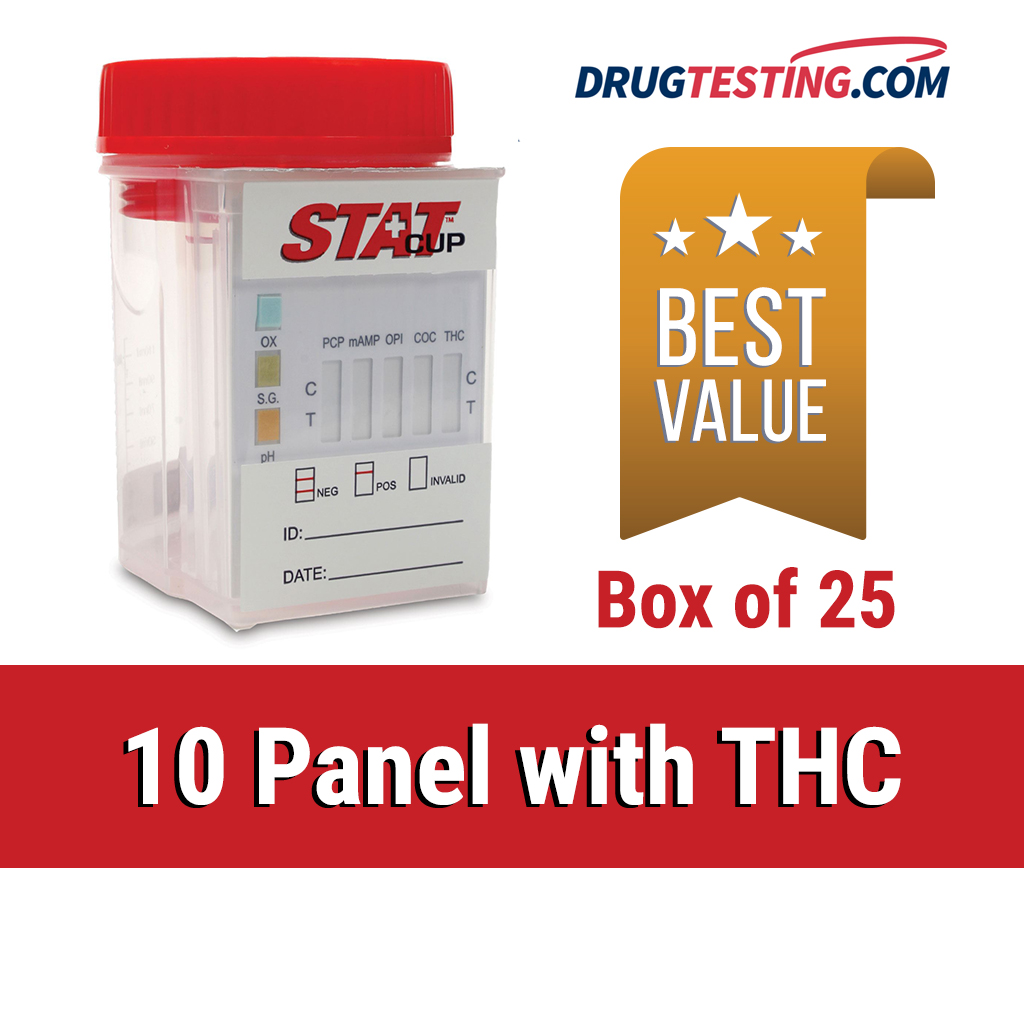One of the most frequent drug tests used to identify illicit substances in your system is the 10-panel drug test.
Its purpose is to determine whether you have used or misused prescribed or illegal medications. The most usual method of testing for these substances is urine, but blood or saliva can also be used.
The 10-panel drug test can identify ten different substances in your blood, as you might have guessed from the name. This page explains how the exam works as well as what to expect during and after it.
What happens during such a 10-Panel Drug Test?
The 10-panel drug test is available as an at-home kit or with a lab professional taking your samples. The samples will then be returned to a lab for analysis.
Your urine is usually used to test for these substances. However, some 10-panel drug test kits may detect substances in the blood, saliva, and even hair.
Since the sample obtained is usually urine, the test is normally performed in a restroom or another private space.
In some cases, you may be asked to submit your urine sample in front of the person doing the test to ensure its validity.
Which drugs can a 10-Panel Drug Test detect?
The drug test 10-panel is designed to determine if you have used or abused five different prescription medicines and five different illicit substances.
The following are some of the most commonly tested drugs:
Cannabis
THC, the active component in cannabis, is detected by the test. It can also identify additional cannabis compounds, such as CBD.
Amphetamines
This substance is also known as meth, ecstasy, or speed. Amphetamines include drugs like Adderall, Ritalin, and other prescription stimulants.
Cocaine
This includes crack cocaine, a kind of cocaine that is smoked for a quick high.
Benzodiazepines
Valium and Xanax are two of the most prevalent benzodiazepines.
Opioids
Morphine, codeine, and heroin are the most commonly used opioids.
Barbiturates
Barbiturates, which include sedatives and sleeping medications, are often prescribed pharmaceuticals.
Phencyclidine
Angel dust, rocket fuel, or PCP are all names for this substance.
Quaaludes
This is also known as methaqualone; it was created as a substitute for barbiturates, but it proved to be just as addictive.
Propoxyphene
This is a commonly misused prescription pain reliever and cough suppressant. Darvon and Darvocet are two of its brand names.
Methadone
This drug is used to treat heroin addiction, however, it can be misused.
Who takes this drug examination?
The drug test 10-panel isn’t your typical drug screen. A 5-panel drug test is used by most organizations to assess candidates and current workers.
This drug test may be needed by professionals who are responsible for the safety of others.
This includes:
- officers from law enforcement
- medical specialists
- Employees of the federal, state, or local governments
You may be obligated by law to take a drug test if your present or potential employer requests it. A pass may be required for your hiring or continuous employment. This, however, is dependent on your state’s legislation.
Some states make it illegal for businesses to perform drug tests on employees who aren’t in dangerous jobs. Employees with a history of alcohol or substance abuse are subject to further drug testing limitations.
Wrap Up
The 10 drug test looks for signs of ten distinct chemicals that are commonly linked to drug addiction. The test is usually done using a urine sample, and extra testing may be required to confirm any positive results.
To learn more about this drug test 10-panel, you may reach out to us at any time.


